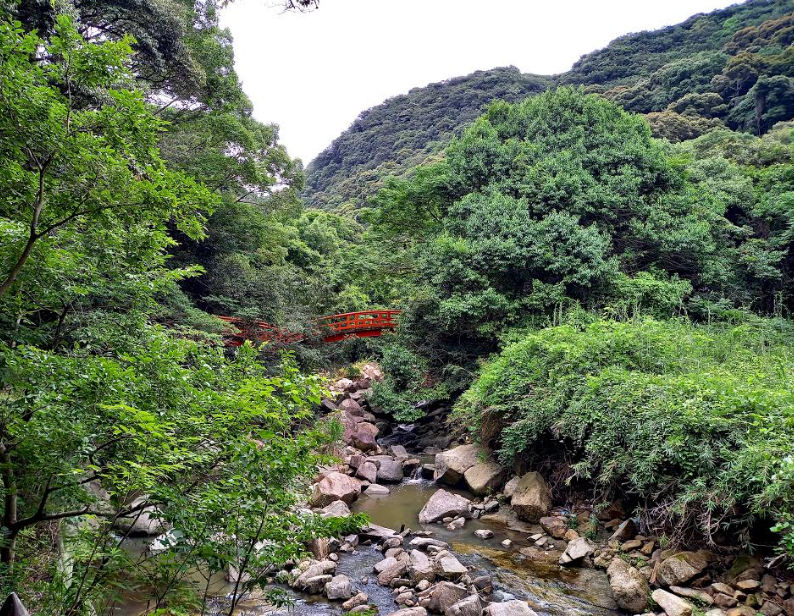

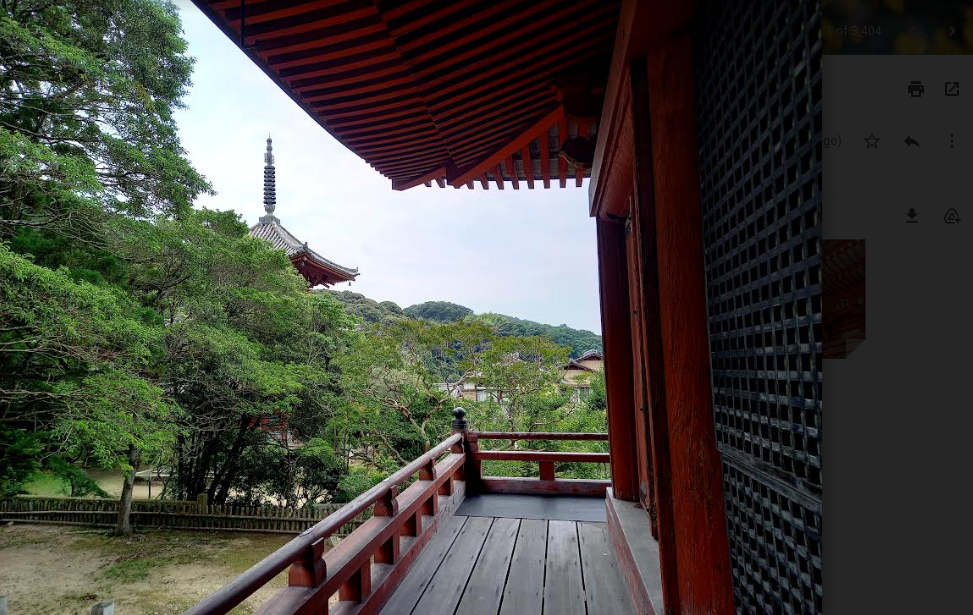
Although Kobe’s downtown Sannomiya and Rokko areas have a variety of fascinating attractions and history, Nishi Ward on the far western, rural edge of the city is where you can find one of Kobe’s most important cultural assets: Taisan-ji. Founded in the early 8th century C.E. by Empress Gensho, it is the only place in Kobe designated as a National Treasure of Japan.
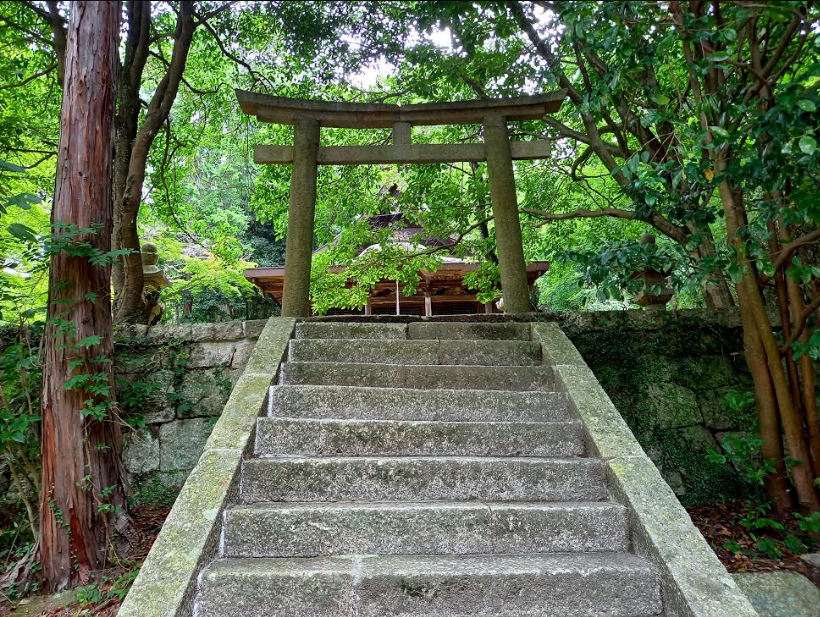
Despite its location in the countryside, Taisan-ji is fairly easy to access. The most convenient way to go is by car, and it is about a thirty minute drive from central Sannomiya. Going by public transport is slightly more complicated, as there will have to be some coordinating of train and bus times, as well as some walking, but it’s still possible to reach the temple grounds in about an hour from the city center. I do recommend making the trip at least once. It’s well worth the visit.
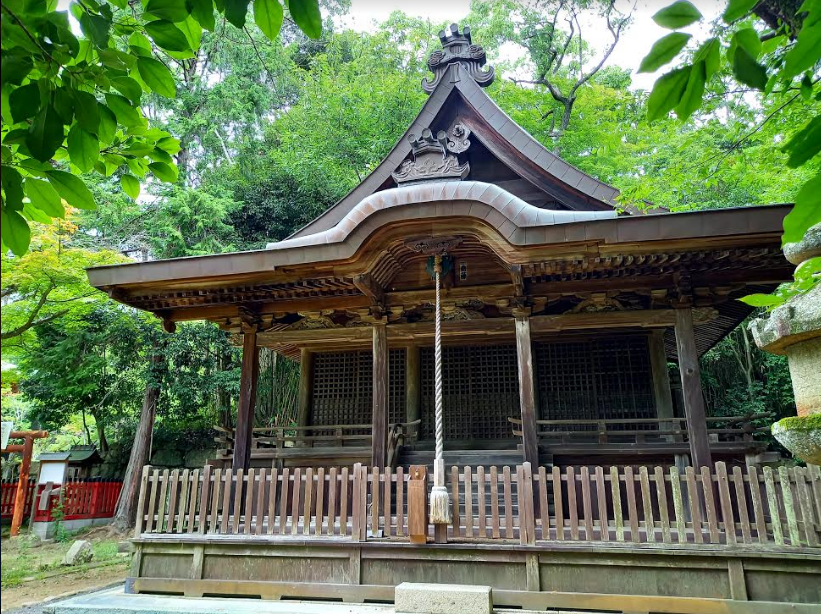
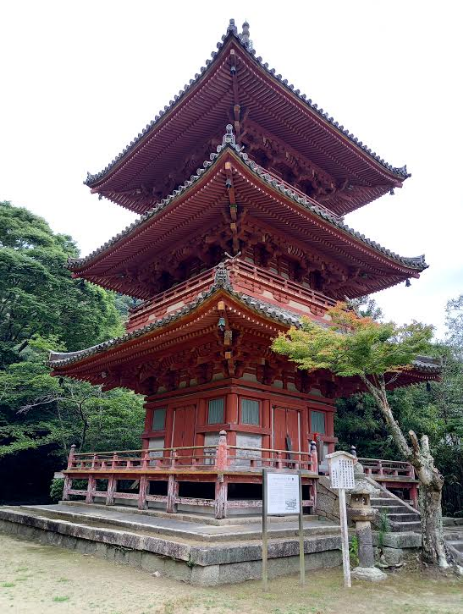
What impressed me about my visit to Taisan-ji was how very old the buildings were. None of them are more recent than the Edo period, and the current main hall dates to the 13th century. In Japan it’s usual for shrines, temples, and castles to be reconstructed several times throughout their history, as they are made of wood and vulnerable to fire and natural disasters. And they’re no less respected for this — to name a few examples, the Ise Grand Shrine is ceremonially rebuilt every twenty years, Kinkakuji in Kyoto was destroyed and rebuilt in the 1950’s, and Himeji Castle, a World Heritage site, underwent extensive restoration work in 2015. So, for me, to see the chipped paint and aged, darkened wood of Taisanji’s structures, particularly its main hall, was fascinating. The temple and its grounds seemed well cared-for, but not fussed over, with many elements entrusted to time and nature.
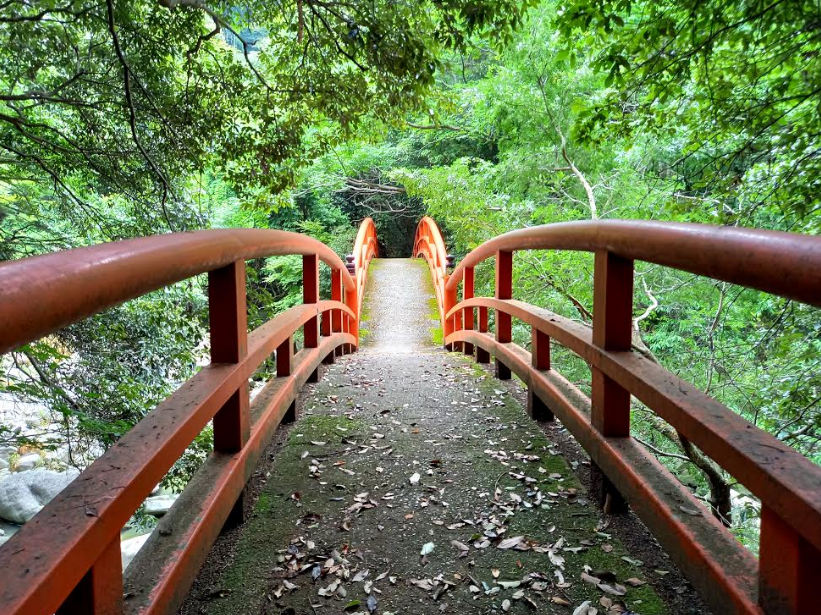
Taisan-ji is especially famous for its spring flowers and fall foliage. Perhaps that’s why, when I visited in the summer, I was one of only a handful of visitors there. Still, I enjoyed my visit a lot. The huge sunflowers I passed on my way there were lovely, and the shaded forest behind the temple was a serene place for a stroll.
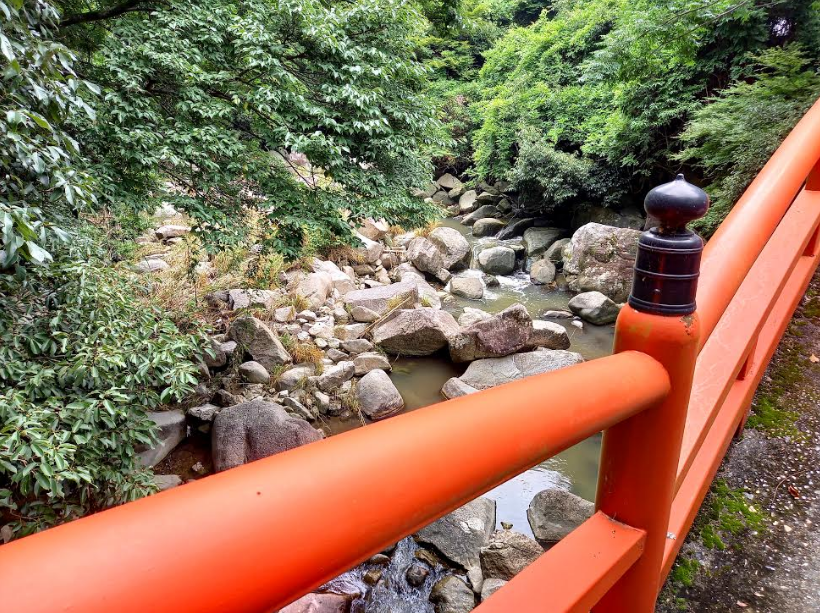
I do regret that I visited on a day when the rock garden at the nearby Anyoin was closed. The garden is a national Place of Scenic Beauty, and I’ll definitely return later when I can see it.
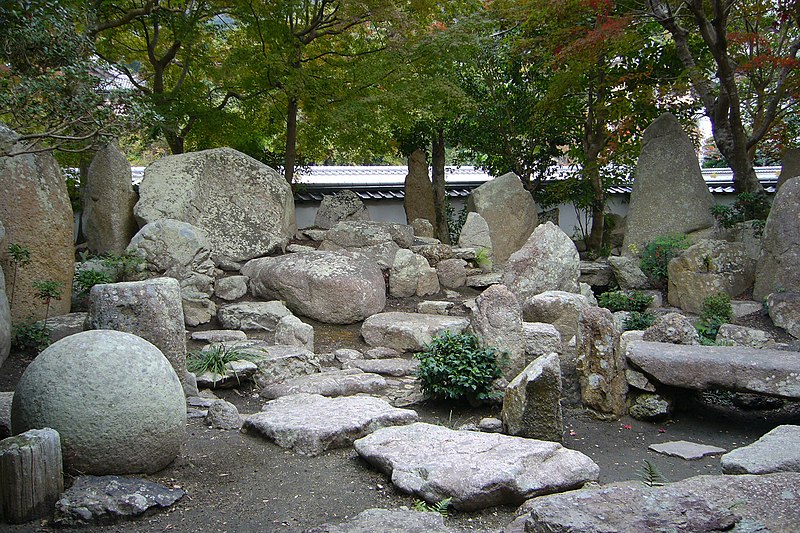
Taisan-ji’s official website is here: http://do-main.co.jp/taisanji/